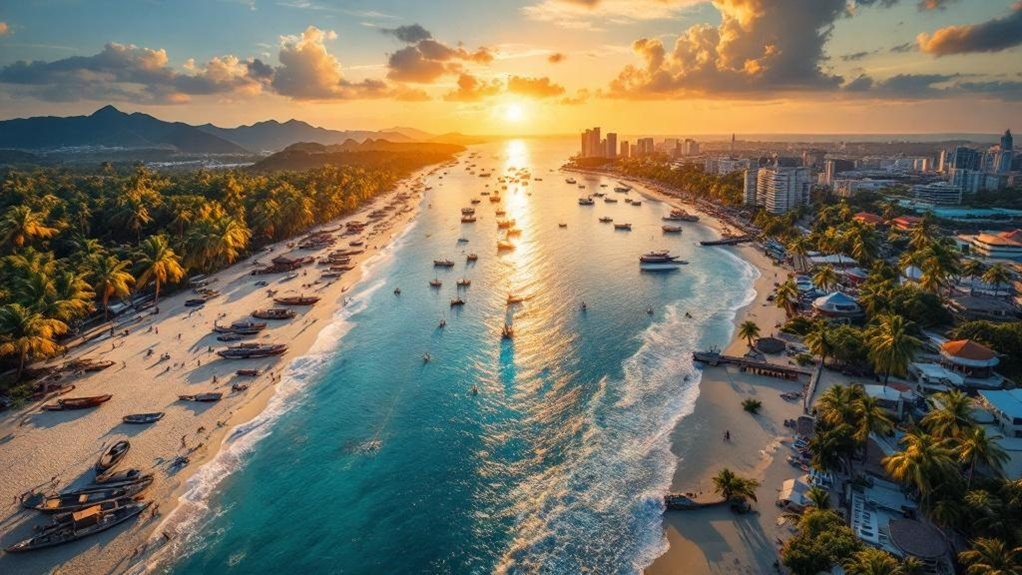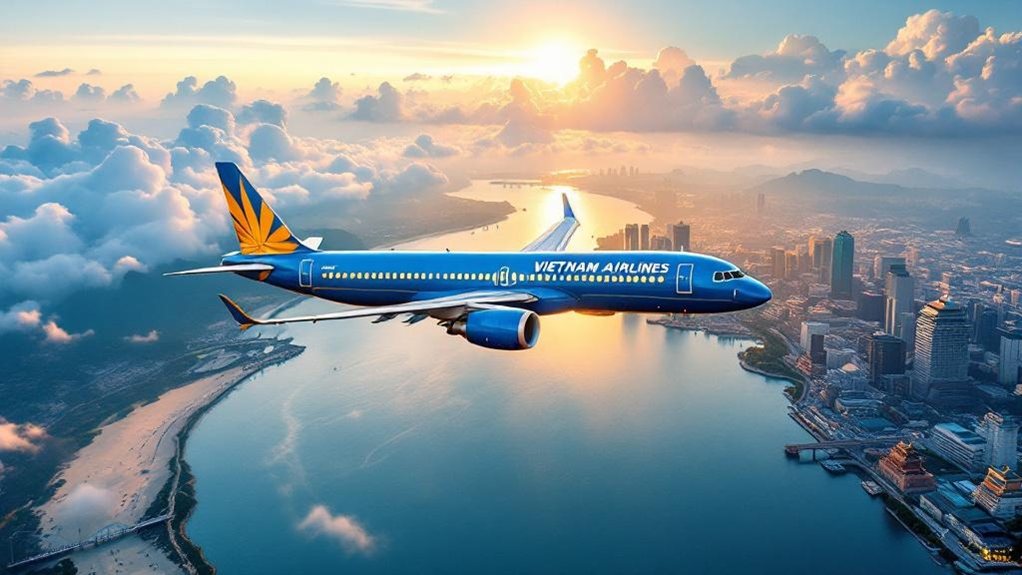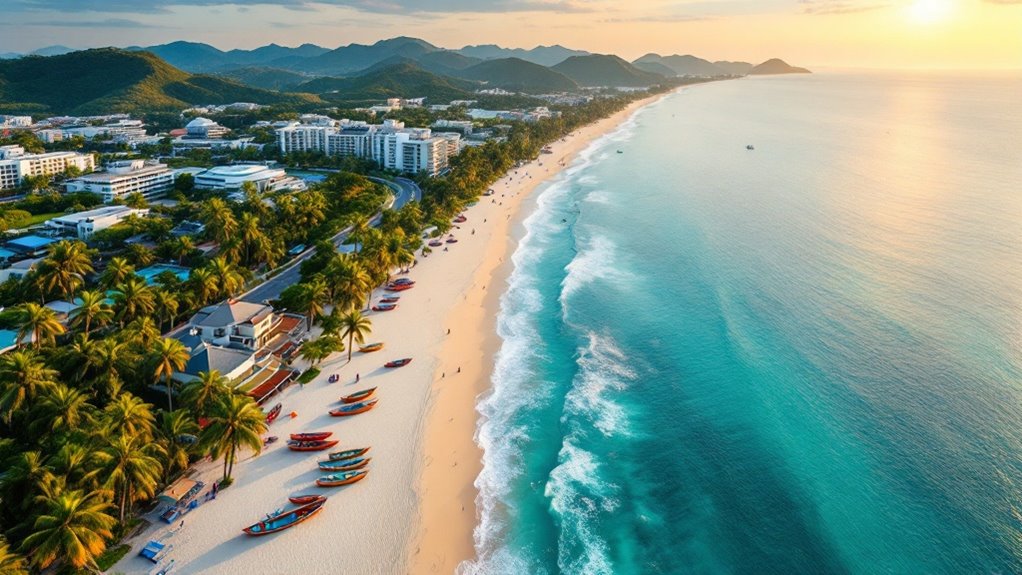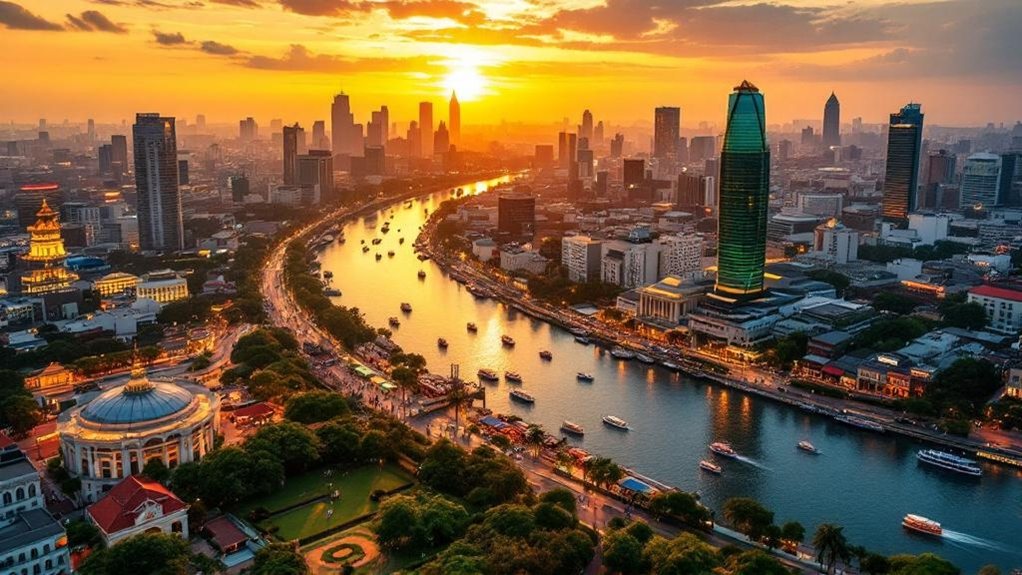Philippine tourism trails behind Vietnam and Thailand due to persistent infrastructure deficiencies, such as outdated airports in Manila and Cebu and poorly maintained transportation networks, which limit accessibility and visitor satisfaction. Higher airfare and travel costs, combined with limited low-cost carrier options and expensive domestic travel, decrease affordability. Safety concerns, including increased crime targeting tourists, along with weaker destination marketing, fewer direct flights, and complicated visa processes, further hinder growth. The following sections provide a deeper examination of each challenge.
How does a nation with immense natural beauty and rich cultural heritage struggle to compete in the global tourism market? Despite the Philippines’ stunning beaches, vibrant festivals, and historical attractions, its tourism sector consistently lags behind regional neighbors like Vietnam and Thailand.
One of the primary factors is infrastructure deficiencies. Major airports in the Philippines, including Ninoy Aquino International Airport and Mactan-Cebu International Airport, remain behind their Southeast Asian counterparts regarding modernization, capacity, and efficiency.
Outdated airports and lagging infrastructure continue to hold back the Philippines from reaching its full tourism potential.
Transportation networks linking popular destinations such as Palawan, Boracay, and Bohol are often underdeveloped, causing significant accessibility issues for both domestic and international travelers. Insufficient investment in roads, ports, and public amenities leads to lower convenience and comfort, while limited quality accommodation—particularly in affordable or mid-range categories—further restricts the country’s appeal to budget-conscious tourists. Poor maintenance of heritage sites and public facilities also diminishes visitor satisfaction. Notably, despite these challenges, the Travel & Tourism sector is projected to contribute PHP 5.9 trillion to the economy in 2025, highlighting its vital role in national development.
High travel and operational costs present another substantial barrier. Airfare to and within the Philippines is generally higher than equivalent routes in Vietnam or Thailand. This pricing, coupled with expensive domestic transportation and limited budget airline options, reduces affordability and discourages price-sensitive tourists.
Service providers face elevated operational expenses, which are passed on to consumers, undermining the country’s image as a budget-friendly destination.
Safety and security concerns also affect tourism performance. An increase in criminal incidents targeting foreign tourists—particularly those from South Korea—has led to travel advisories and a decline in arrivals from key markets. Reports of armed robberies and abductions, together with weak law enforcement and slow emergency response, exacerbate safety fears and damage the Philippines’ reputation.
Weak destination marketing and limited flight connectivity further compound the problem. The country’s promotional campaigns lack the cohesion and aggressiveness seen in Vietnam and Thailand, while inconsistent branding and inadequate digital presence restrict international reach.
Fewer direct international flights and complex visa processes make the Philippines less accessible, especially when compared to better-connected airports in Bangkok and Ho Chi Minh City. These combined factors hinder the nation’s ability to compete as a premier tourism destination in Southeast Asia.









